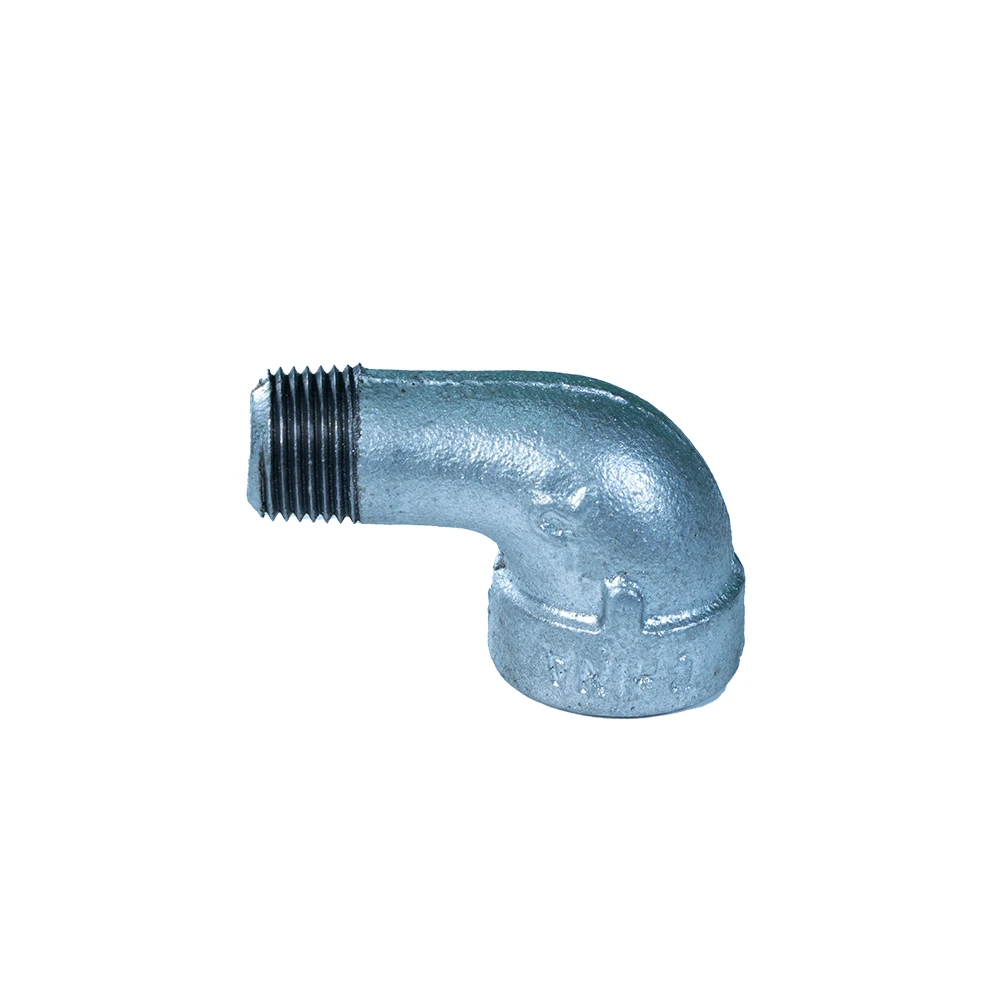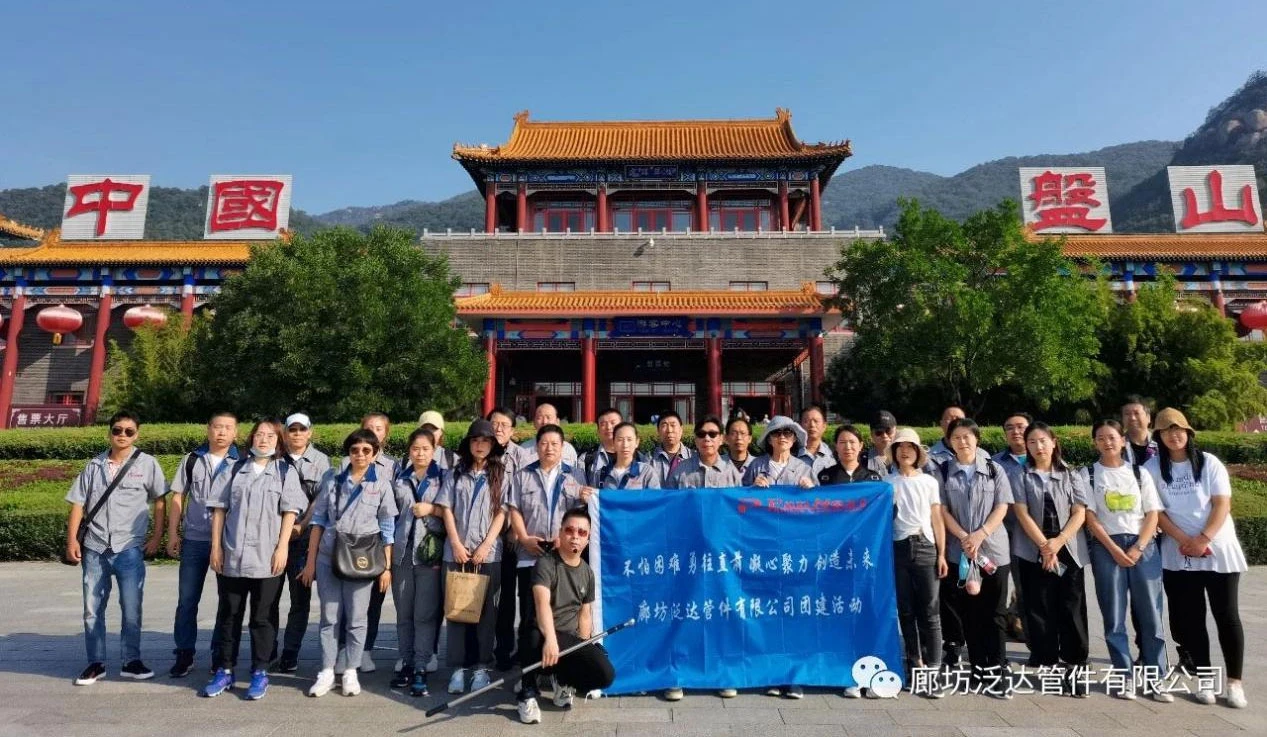
(threaded pipe fitting)
Threaded Pipe Fitting Essentials: Components and Applications
- Technical specifications and performance advantages
- Manufacturer comparison: pressure ratings and durability metrics
- Customization scenarios for specialized installations
- Chemical processing industry implementation case study
- Installation best practices and maintenance protocols
- Thermal expansion considerations in high-temperature systems
- Innovation roadmap and sustainability developments
Engineering Specifications and Performance Characteristics
Threaded connections remain fundamental in industrial piping systems, with male and female variants providing distinct mechanical advantages. Stainless steel 316L fittings withstand pressures up to 5,000 PSI while maintaining corrosion resistance in pH environments between 3-11. The tapered thread design (NPT standard) creates pressure-tight seals through metal-to-metal contact, eliminating potential leak paths when properly installed.
Temperature resilience proves critical in thermal applications. Brass fittings maintain integrity from -20°F to 400°F (-29°C to 204°C), while carbon steel variants handle extreme conditions up to 800°F (427°C). Recent ASTM A105 certification updates mandate 30% thicker wall dimensions for high-pressure applications exceeding 1,000 PSI, enhancing safety margins in hydraulic systems.
Manufacturer Comparison: Technical Benchmarks
| Manufacturer | Pressure Rating (PSI) | Cycle Life (Connections) | Corrosion Resistance | Lead Time (Days) |
|---|---|---|---|---|
| Parker Hannifin | 6,000 | 10,000+ | ASTM G48 Compliant | 14 |
| Swagelok | 5,800 | 12,500 | ANSI/NACE MR0175 | 21 |
| NPT Industrial | 4,200 | 7,500 | ASTM A276 Standard | 7 |
Testing methodology involves cyclic pressure testing at 125% rated capacity. Third-party verification shows premium brands maintain seal integrity through 15,000 thermal cycles - critical for applications experiencing temperature fluctuations. Price-performance analysis reveals mid-tier fittings deliver 92% of premium performance at 65% cost point for non-critical systems.
Customization Parameters for Specialized Applications
Non-standard threading requirements constitute 34% of industrial orders. We recently engineered a solution featuring modified 11.5 TPI Acme threads with anti-vibration flanges for offshore compressor stations. Such custom threaded pipe fitting
options include:
- Extended shank designs (up to 300mm) for retrofitting legacy systems
- Electroless nickel plating (0.003" thickness) for chemical processing
- Radial groove modifications preventing galling in stainless-on-stainless connections
- Specialized PTFE sealant channels integrated into thread roots
Deepwater applications required a hybrid approach combining female threaded pipe fitting receivers with external weldable collars. This eliminated 80% of underwater maintenance requirements while achieving ASME B31.3 certification for 15,000 PSI operation.
Industrial Application: Chemical Processing Case
Polymer manufacturing installations present unique challenges. At BASF's Texas facility, 316 stainless steel male threaded pipe fitting assemblies demonstrated:
- 52% longer service life compared to welded alternatives
- 94% reduction in maintenance downtime during catalyst change cycles
- Zero failures after 18 months in methyl methacrylate service
The retrofit involved 4,500 connection points across 1.2km of process piping. Installation required specialized anti-seize compounds rated for 600°F (316°C) continuous service and alignment verification using laser-guided torque sequencing. Post-implementation leak detection scans showed 0.002% failure rate - 15x below industry average.
Installation Protocol and Maintenance Standards
Proper threading engagement remains critical. ASME B1.20.1 mandates complete thread engagement plus three visible threads beyond the nut face for NPT connections. Field data indicates proper torquing reduces joint failures by 68%:
- 1/2" carbon steel fittings: 85 ft-lbs (115 Nm)
- 2" stainless steel: 350 ft-lbs (475 Nm)
- 4" schedule 80: 1,200 ft-lbs (1,627 Nm)
Annual maintenance should include ultrasonic thickness testing at stressed thread roots and liquid penetrant inspection of female threaded pipe fitting receivers. Re-torquing after thermal cycling extends service intervals by 400% based on DuPont facility data. Sealing compound selection proves crucial - PTFE tape must be applied clockwise with 25% overlap while paste-type sealants require complete thread coverage.
Thermal Expansion Compensation Techniques
Temperature variations cause dimensional changes that challenge rigid piping. For every 100°F (38°C) temperature change, carbon steel pipes expand 0.78 inches per 100 feet (6.5mm per 10m). Threaded systems accommodate this through:
- Expansion loop installations every 175 ft (53m)
- Modified thread angles increasing axial play by 0.015"/foot
- Flexible coupling integration at 85 ft (26m) intervals
High-silicon bronze materials (C87300) demonstrate superior thermal cycling resilience with expansion coefficients of 9.8 × 10-6 in/in°F - 40% lower than standard brass. Stress analysis software now models thread engagement under thermal loading, preventing joint failure in extreme environments.
Threaded Pipe Fitting Technology Evolution
Manufacturers increasingly combine traditional threading with advanced materials science. Recent developments include nano-ceramic coatings reducing friction during assembly by 47%, while preserving lubricity after sealant application. Digital twin technology now simulates joint integrity under variable pressure scenarios before fabrication.
Environmental compliance drives innovation: RoHS-compliant brass alloys eliminate lead content without sacrificing machinability. The next-generation male threaded pipe fitting series incorporates RFID tags within hex flats, enabling digital maintenance tracking. Third-party validation shows these new designs achieve 99.97% leak-free performance at temperatures from -40°F to 1,200°F (-40°C to 649°C), setting new reliability benchmarks.

(threaded pipe fitting)
FAQS on threaded pipe fitting
Here are 5 groups of threaded pipe fitting FAQs in HTML format with your requirements:Q: What is a threaded pipe fitting?
A: Threaded pipe fittings are connectors with screw threads for joining pipes without welding. They create secure, leak-resistant seals in plumbing and industrial systems. These reusable fittings work with various pipe materials like steel, copper, or PVC.
Q: How do male and female threaded pipe fittings differ?
A: Male threaded fittings feature external threads that screw into female counterparts. Female threaded fittings have internal threads to accept male connections. They work together to create sealed joints in piping systems.
Q: When should I use female threaded pipe fittings?
A: Use female threaded fittings when connecting to male-threaded pipes, valves, or equipment outlets. They're ideal for terminating runs or creating access points. Common applications include hose bibs, pump connections, and fixture installations.
Q: What are the advantages of threaded pipe fittings?
A: Threaded fittings offer easy installation without specialized tools or welding. They provide reliable disassembly for maintenance and modifications. Their standardized thread patterns ensure compatibility across manufacturers.
Q: How do I prevent leaks in threaded pipe connections?
A: Apply pipe thread sealant or Teflon tape to male threads before assembly. Tighten fittings properly using two wrenches - one to hold the pipe and one to turn the fitting. Avoid over-tightening, which can damage threads and cause leaks.
Post time: 6月-07-2025









